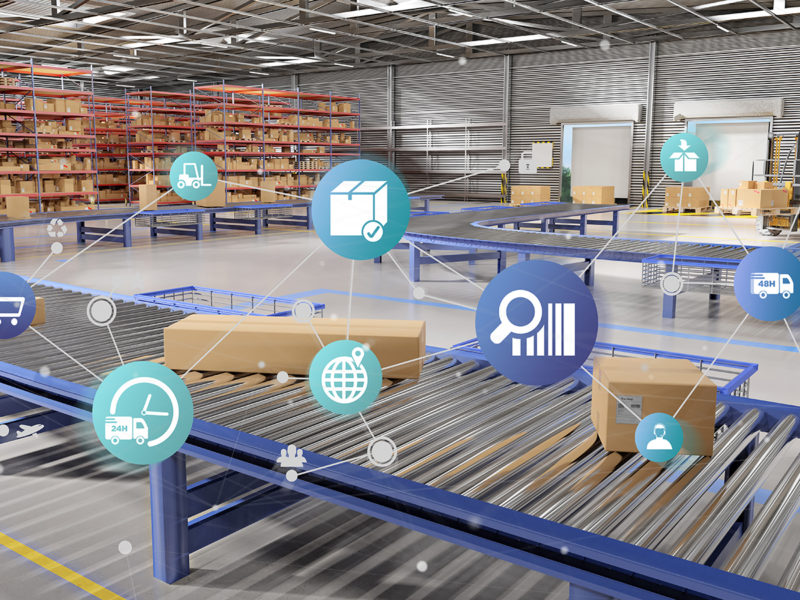There is a pernicious problem faced by almost every company: Big accounts that produce significant volume but also carry high costs that eliminate any possibility of profit. In fact, they wipe out hard-won profits made elsewhere.
These are usually among distributors’ biggest accounts, and companies without sophisticated costing systems typically consider them their most important. But when they examine the analytics, we find there’s often stunned disbelief about the scale of the damage these accounts are doing to their bottom line. In other cases, the new information simply confirms executives’ gut instinct that there’s something not right in the relationship.
These accounts nearly always represent a substantial opportunity for profit. But a few of these relationships are designed with logistics requirements where the customer actually intends to be profitable by transferring their normal operating costs onto your P&L. These accounts can, and will, put your company at risk.
Distributors can easily identify accounts in this category by looking for inordinately high numbers of orders and shipments. Those counts directly drive up your infrastructure and personnel costs — what most executives consider to be “fixed costs.” You effectively have personnel and infrastructure dedicated to these accounts, but the accounts are priced as if they’re consuming only the same small fraction as everyone else.
The problem is the operating cash (that is, gross profit) from them doesn’t cover cost-to-serve, effectively consuming profits already made elsewhere. Disconnecting is difficult because the operating cash is needed to defray current levels of operating expenses.
What Do You do?
First, identify these risky accounts in your customer mix. A back-of-the-napkin calculation of gross profit divided by shipments will give you average shipment value. Or, better still, implement an analytical system to monitor and measure costs and profits in every aspect of your business, including this one.
Accounts with very high ship counts and a low shipment value will be profit-killing accounts. Frequently, they’ll be companies with a lot of locations, and no distribution infrastructure of their own. Or those that have you foot the bill for product movement outside their normal system.
For each account, you need to make it profitable in its own right by bringing operating cash and operating costs into line. You really have four choices:
- Leave everything as it is. However, nothing is forever, and losing one of these significant accounts can reduce cash flow to where you’re forced into painful cuts. Worse, adding another of these accounts can make your bottom line vanish. Either way, you’re headed for a painful situation, forcing one of the remaining three choices.
- Ditch them and rationalize your company. This is theoretically possible, but doesn’t usually leave the company in a better position. Executives usually can’t, or won’t, eliminate enough of the cost base, but the supporting cash flow is gone, driving further losses.
- Replace the operating cash from these accounts with that from other, more efficient customers, and then phase out business with the account. This takes time, but gives you a way to curtail the profit drain without disruption. It will leave the company safer, and a lot more profitable.
- Commit to accounts that are willing to help address the issue. On your side, move fulfillment to your most efficient operating unit, and work to streamline both workflow and paper flow. Use automation where possible. Track, and prevent, errors and product back-flow. Where feasible, unilaterally batch orders to consolidate picks and shipments.
Negotiate to reduce order frequency everywhere, and segment customer locations by average order size. Choose lower-cost ship methods for low-value or out-of-cycle orders, and for remote destinations. Utilize the customer’s infrastructure by consolidating shipments for low-volume destinations and low-value shipments, delivering to the customer’s distribution center so the customer handles the “last mile.” Negotiate processes that prevent spurious orders, and co-create new processes that don’t require individual invoices or shipments for paper reconciliation purposes.
If you can’t bring costs all the way into line, you’ll have to raise prices. You expect to be paid for your product, and you should expect to be paid for your operating costs as well. Customers that demand more resources get appropriately higher prices — but not until after you’ve taken steps to handle their volume efficiently.
Don’t assume that everything’s set in stone. I’ve been on the other side of these relationships, and we frequently adjusted logistics to accommodate reasonable supplier requests. It was a real pain to bring on a new supplier to replace an old one, and service would suffer if we became a problem for a supplier, or let our size unknowingly harm him.
These things require time and effort, but they’ll both improve profits and raise service levels. They’ll tighten integration with the account, making it less likely to switch to a competitor, and you’ll make a lot more money.
Why Does This Matter?
These accounts represent the biggest opportunity for senior management intervention that will produce immediate and significant profit gains. Further, if your company is profit-challenged, either losing or adding another of these so-called "great" accounts can put you underwater.
The takeaway is to identify the accounts that produce inordinate numbers of shipments, and develop plans to integrate more closely with them. New efficiencies that reduce paper and increase pick quantities while reducing shipment counts can turn these accounts into your most valuable. Right now, they're the opposite, and they're costing you every day.
Related Posts
-
Modern Distribution Management launches a new, user-friendly and streamlined look to our website, mdm.com.
-
Let the computer do some of the work by conducting a virtual pilot to sanity…
-
Blindly following a competitors lead or treating every customer the same are two common mistakes…




